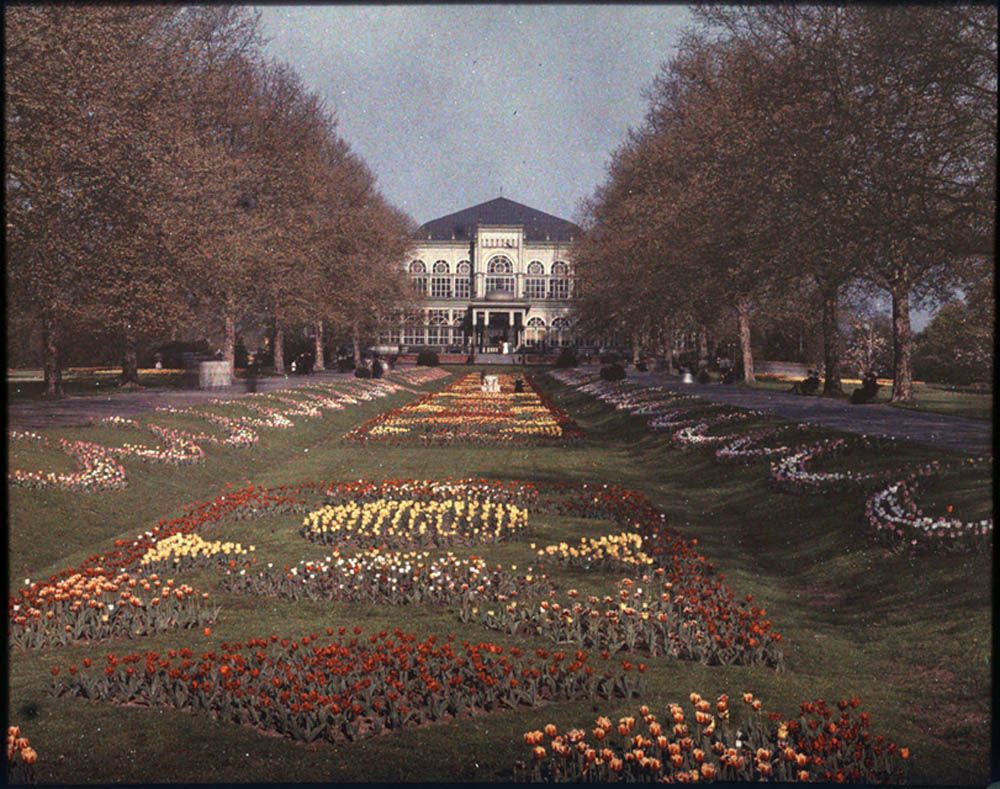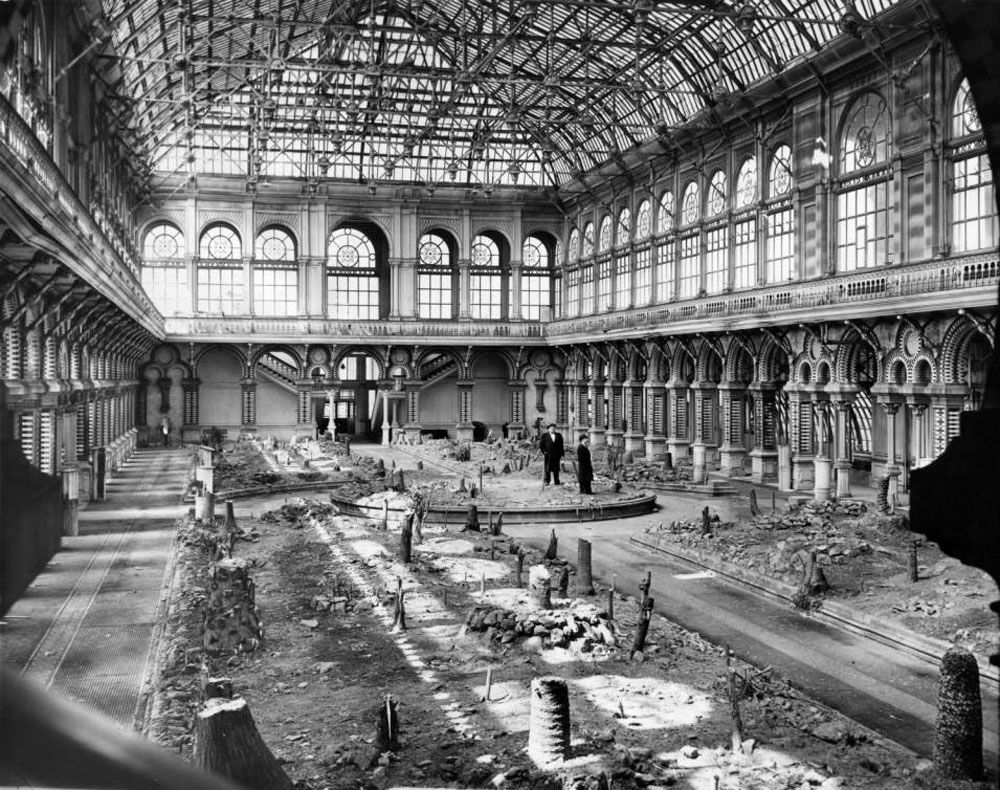Historic Preservation Roundup: What Takes Buildings Beyond the Brink and Why We Should Be Cautious
What should stay and what should go in a living city?
I’ve asked the question repeatedly over the years in my posts at PhillyHistory. After all, what good is a Heritage City with no heritage (other than maybe an article in The Onion)?
I’ve contemplated the scant, remaining legacy of Frank Furness, the loss of a mid-19th-century prototype for the skyscraper, and what remains from the golden age of firehouses.
All are candidates vying for role of Philadelphia's preservation poster child. But none are so compelling as the plight of Horticultural Hall, which was built for the Centennial Exhibition in 1876.
“Horticultural Hall was the smallest of the Centennial’s five principal buildings, but it was the largest conservatory built up to that time, bigger than the famous hothouses in the Botanical Gardens of London and Paris.” Architectural historians agree: "By any standard a major monument of American architecture of the 19th century.”
You can read the entire post here.
Looking more closely at the demise of this gem, we see it as a casualty of its times. The 20th century cultivated a distaste for Victorian architecture that blossomed into unmitigated disgust. By the time the demolitions subsided, it was too late. Many masterpieces had been pulled down.
Horticultural Hall's long slide to oblivion began just after the turn of the 20th century and ended in 1954, after Hurricane Hazel blew though. But, as I write in a post about that long, slow trajectory, the building was doomed, hurricane or no hurricane. Being out of style and being high maintenance proved to be a fatal pair of sins.
By April Fool’s Day, 1955, a classified advertisement offered what remained: “2000’ rare ornamental railings & stairs. Greenhouse. 10,000’ steam pipe from ½” to 5”. Steel beams 8 to 12” from 12 to 30’ in length. Numerous other items dating back over 100 years.”
So much for history.
Lesson learned? Preservation is a narrow, one-way street. Once a treasure is lost, it's gone forever.
Stay Tuned for More




I have always been intrigued by abandoned buildings not that that is the focus of your post but it is related in that they are forgotten structures and they all have a history!
Resteemed by your friendly @eastcoaststeem
Feel free to join our small, but growing communal discord
https://discord.gg/6vQK7Ca
Thanks for reading @eastcoaststeem! Are you talking about the movement in photography sometimes called "ruin porn"?
Hmm, i didn't know it was called that but yeah I suppose I am. Thanks for introducing a new term to me =)